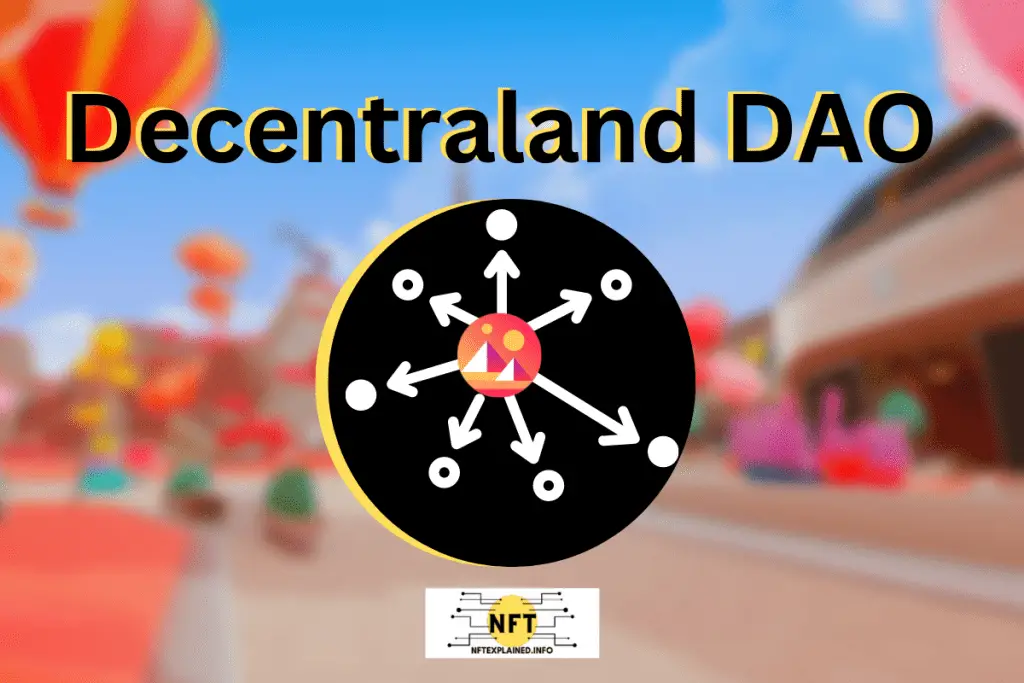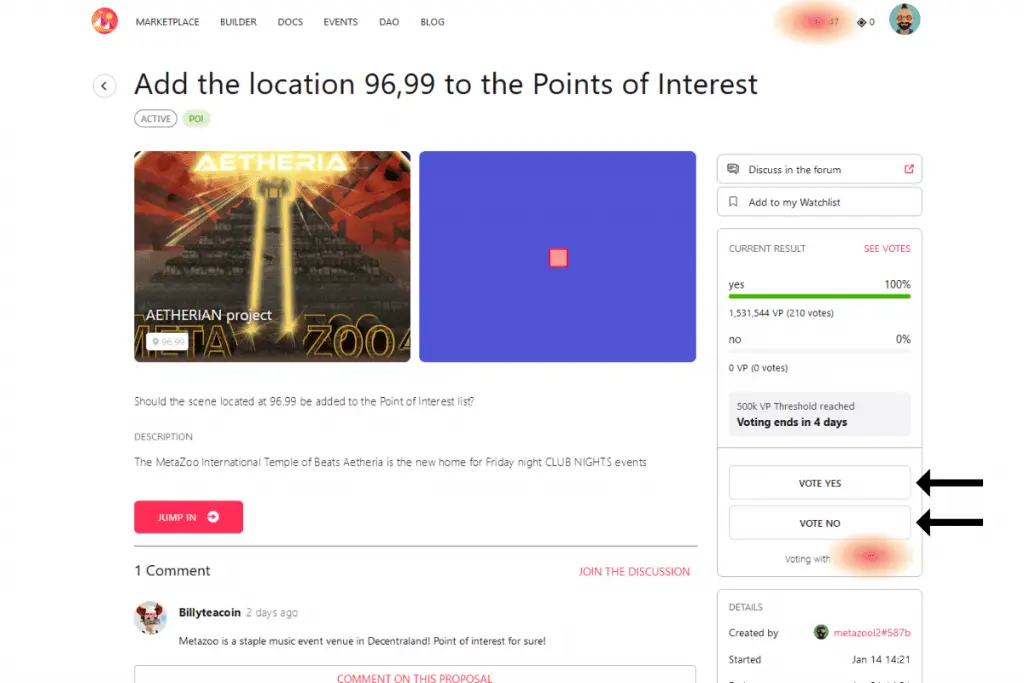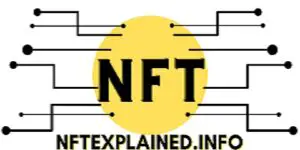
Our team is experienced with blockchain-based, metaverse games like Decentraland (full guide linked here) and The Sandbox (full guide linked here). We even have a full article comparing the two, which we also link here; however that’s beyond the point of this article.
One aspect our team has a great deal of experience with is the Decentraland DAO; that is what we will review in this article.
Before we dive in, we want to preface that in order to fully understand what Decentraland’s Decentralized Autonomous Organization (DAO) fully is, knowledge of what a DAO is, and how a DAO works is highly recommended. Our full guide to understanding DAO’s is linked here; we recommend reading that article first and then coming back.
Now allow our team to write our thoughts on the game’s DAO.
Decentraland’s Decentralized Autonomous Organization (DAO) takes place on Aragon – which is the open-source software that allows users to create and vote on proposals. Voting power – which influences decisions – results from holding MANA, L1 wearables, LAND (or ESTATE) and names.
Aragon is the open source platform where Decentraland’s voting takes place; Aragon is what allows users to maintain and create DAO’s on the Ethereum blockchain. The three main components to Aragon are the Aragon client, the Aragon association, and the Aragon network. More on Aragon can be found on their blog linked here.
Below is an example of Decentraland’s voting format and the layout for voting on polls. You can see the question – regarding adding a location to the points of interest – at the top.

You can also see the option to vote yes and no; our team added two arrows to point this out. Additionally, you can see the voting power, however we decided to blur that information (hence the red, circular blur).
Now that we understand what voting takes place on, let’s examine our team’s personal experience using the platform.
Firstly, we had to sign in or connect a wallet that (again) own’s MANA, L1 wearables, LAND (or ESTATE) and names in order to vote. We should note that 1 MANA = 1 Voting power. Voting power is what allows your vote to count; those that hold a lot of MANA (and LAND) will have a lot more voting power – relative to those that only hold a few MANA (and no LAND).
Additionally those who don’t hold any MANA, or Decentraland related assets, will have no voting power (aka no influence on the direction of the project). This is the concept known as governance tokens.
One aspect that our team found interesting is that you can delegate your voting power to other users.
Our team found the voting process to be relatively simple – especially given that an actual human is there to answer your questions; however this function will likely not need to be accessed.
If you run into trouble, the person can be accessed by going to the DAO homepage, linked here, and then clicking on your avatar (located at the top right of your screen) and finally “account”. This of course, is after you have logged into your blockchain wallet.
Our team will also note that the amount of voting power you have is updated at the time the proposal was created. For example, if you recently purchased MANA, then you won’t be able to vote on existing proposals because voting power is calculated at the moment each proposal is created.
If you want more details on other aspects, we will link the Decentraland’s DAO (user guide) here.
We hope you enjoyed our short article and found it to be valuable. If you want to check out the Decentraland DAO, we will provide the official link here.
Let us know what you think about Decentraland and the Decentraland DAO by connecting with our team on Instagram, Twitter & TikTok! As well as subscribe to our YouTube!
Additionally, please consider supporting our team’s content creation through doing business with our partners: Buy a Ledger hardware wallet. Trade stocks & crypto on Webull – get 2 free stocks. U.S. users can get a crypto trading discount on Binance!

